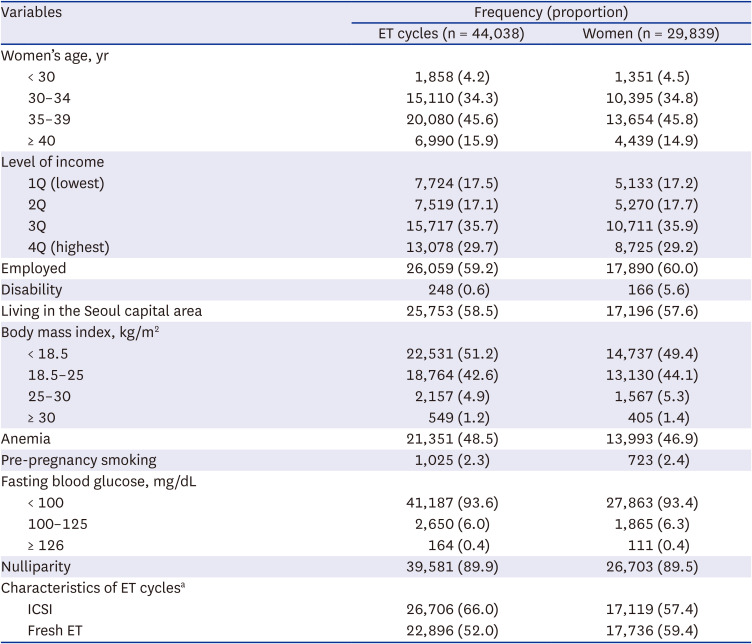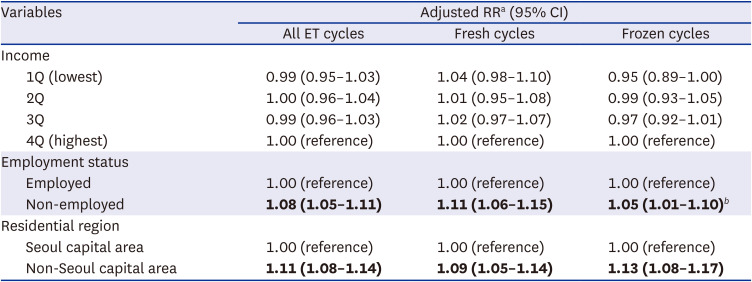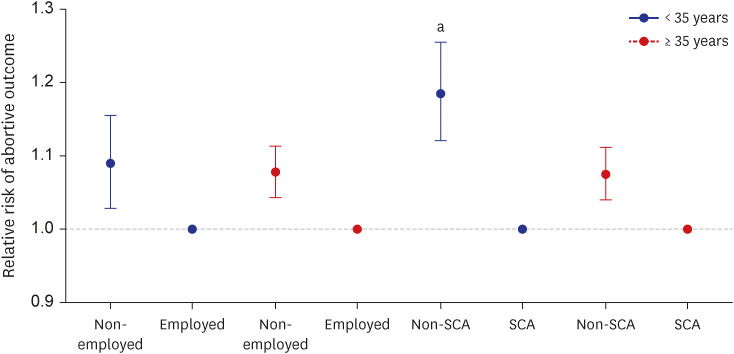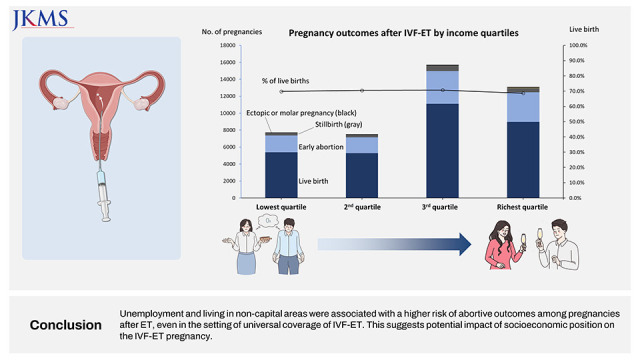1. Papageorghiou AT. Insights into determinants of health. BJOG. 2020; 127(4):431–432. PMID:
32048464.

2. Hayward MD, Hummer RA, Sasson I. Trends and group differences in the association between educational attainment and U.S. adult mortality: implications for understanding education’s causal influence. Soc Sci Med. 2015; 127:8–18. PMID:
25440841.

3. Aizer A, Currie J. The intergenerational transmission of inequality: maternal disadvantage and health at birth. Science. 2014; 344(6186):856–861. PMID:
24855261.

4. Stirbu I, Kunst AE, Mielck A, Mackenbach JP. Inequalities in utilisation of general practitioner and specialist services in 9 European countries. BMC Health Serv Res. 2011; 11(1):288. PMID:
22040155.

5. van Doorslaer E, Masseria C, Koolman X. OECD Health Equity Research Group. Inequalities in access to medical care by income in developed countries. CMAJ. 2006; 174(2):177–183. PMID:
16415462.

6. Choe SA, Yoo S, JeKarl J, Kim KK. Recent trend and associated factors of harmful alcohol use based on age and gender in Korea. J Korean Med Sci. 2018; 33(4):e23. PMID:
29318790.

7. Al-Hindi MY, Aljuhani H, Alnajjar AR, Alessa S, Alqurashi M, Faden YA. Examining the association between parental socioeconomic status and preterm birth using multidomain social determinants scale in a tertiary care center in Saudi Arabia. Cureus. 2020; 12(9):e10506. PMID:
32963925.

8. Hayashi I, Takakura K, Yamaguchi K, Sumitomo M, Suzuki M, Sumitomo A, et al. Association between socioeconomic status and small-for-gestational-age in Japan: a single center retrospective cohort study. J Obstet Gynaecol Res. 2020; 46(1):110–118. PMID:
31392834.

9. Luo X, Liu L, Gu H, Hou F, Xie X, Li X, et al. Pathways linking socioeconomic status to small-for-gestational-age (SGA) infants among primiparae: a birth cohort study in China. BMJ Open. 2018; 8(6):e020694.

10. Keenan-Devlin L, Smart BP, Grobman W, Adams E, Freedman A, Buss C, et al. The intersection of race and socioeconomic status is associated with inflammation patterns during pregnancy and adverse pregnancy outcomes. Am J Reprod Immunol. 2022; 87(3):e13489. PMID:
34958140.

12. Kim M.. National policies for infertility support and nursing strategies for patients affected by infertility in South Korea. Korean J Women Health Nurs. 2021; 27(1):1–5. PMID:
36311986.

14. Kim S. Reproductive technologies as population control: how pronatalist policies harm reproductive health in South Korea. Korean J Women Health Nurs. 2019; 27(2):1610278.

16. Norsker FN, Espenhain L, A Rogvi S, Morgen CS, Andersen PK, Nybo Andersen AM. Socioeconomic position and the risk of spontaneous abortion: a study within the Danish National Birth Cohort. BMJ Open. 2012; 2(3):e001077.

17. Kim I, Kim MH, Lim S. Reproductive hazards still persist in the microelectronics industry: increased risk of spontaneous abortion and menstrual aberration among female workers in the microelectronics industry in South Korea. PLoS One. 2015; 10(5):e0123679. PMID:
25938673.

18. Park C, Kang MY, Kim D, Park J, Eom H, Kim EA. Prevalence of abortion and adverse pregnancy outcomes among working women in Korea: a cross-sectional study. PLoS One. 2017; 12(8):e0182341. PMID:
28850585.

19. Cai C, Vandermeer B, Khurana R, Nerenberg K, Featherstone R, Sebastianski M, et al. The impact of occupational activities during pregnancy on pregnancy outcomes: a systematic review and metaanalysis. Am J Obstet Gynecol. 2020; 222(3):224–238. PMID:
31550447.

20. Reynolds CM, McMahon LE, O’Malley EG, O’Brien O, Sheehan SR, Turner MJ. Maternal employment and pregnancy outcomes in a large European maternity hospital. Eur J Obstet Gynecol Reprod Biol. 2020; 250:86–92. PMID:
32413667.

21. Kim MK, Lee SM, Bae SH, Kim HJ, Lim NG, Yoon SJ, et al. Socioeconomic status can affect pregnancy outcomes and complications, even with a universal healthcare system. Int J Equity Health. 2018; 17(1):2. PMID:
29304810.

22. Shin J, Lee SG, Park EC, Nam JY. Socioeconomic status and successful delivery after an infertility diagnosis: a nationwide health insurance cohort study in Korea conducted from 2005 to 2013. J Korean Med Sci. 2020; 35(39):e341. PMID:
33045770.

23. Henriksen TB, Savitz DA, Hedegaard M, Secher NJ. Employment during pregnancy in relation to risk factors and pregnancy outcome. Br J Obstet Gynaecol. 1994; 101(10):858–865. PMID:
7999687.

24. Lemasters GK, Pinney SM. Employment status as a confounder when assessing occupational exposures and spontaneous abortion. J Clin Epidemiol. 1989; 42(10):975–981. PMID:
2809655.

25. Kim CB, Choe SA, Kim T, Kim MH, Ryu J, Oh JW, et al. Risk of adverse pregnancy outcomes by maternal occupational status: a national population-based study in South Korea. J Occup Health. 2023; 65(1):e12380. PMID:
36694993.








 PDF
PDF Citation
Citation Print
Print




 XML Download
XML Download